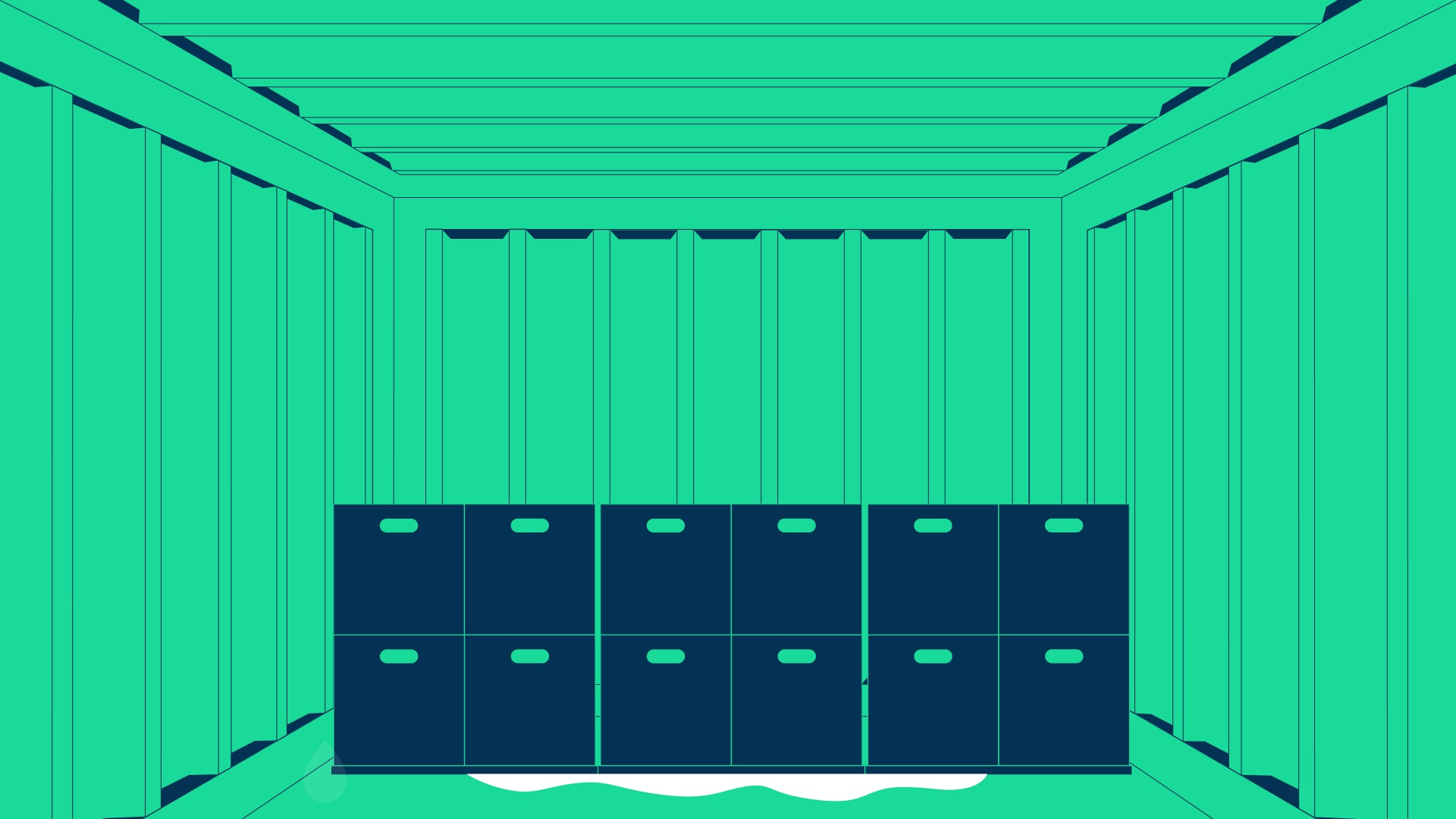There are many problems encountered in the transport of goods by container. Much of the attention is often focused on theft or shocks, but a major danger to goods can also be moisture and water inside containers.
According to the freight insurance company Trade Risk Guaranty, about 10% of goods transported by containers have to be discarded due to damage caused by moisture in the containers.
This can have a significant impact on company expenses and delivery times.
A particular phenomenon that can be described as container rain causes far more damage than just damp ambient air.
So what is container rain ?
The term rain in containers is used to describe drops of water dripping from the walls of the container, and thus on the goods. When humid air cools down, it is no longer able to retain the moisture accumulated at higher temperatures: drops are formed by condensation of the air contained in the closed container as a result of temperature fluctuations. Indeed, during journeys, temperature variations are frequent between night and day but also between the different climates encountered. This problem is all the more important as it is not a unique phenomenon but can occur every day of the container’s journey.



Why is there humidity in containers ?
When loading goods in regions with tropical climates, such as Shanghai or Rio de Janeiro, humid air is trapped in the containers. The use of wooden pallets or cardboard boxes, which are highly water absorbent, increases the humidity contained.
The goods themselves can also increase the risks linked to humidity, when it comes to absorbent products (fabric, wood, etc.).
How to overcome this problem ?
Several solutions are possible to avoid the generation of humidity in the containers:
- The majority of food products shipped abroad are stored in cardboard boxes. However, cardboard is extremely absorbent and is safe to cause mould during international transport. If you plan to ship items or goods in storage boxes, wrap them in plastic in a dry place before loading them into the shipping container.
- When shipping containers by sea, consider both the material of your goods and the material of their packaging, and be sure to use the correct packaging material for your cargo accordingly.
- Plastic pallets can be used instead of wooden pallets, which absorb and retain moisture. If the use of wooden pallets is necessary, limit their exposure to outside air. According to the Green Carrier company, a standard wooden pallet can absorb up to 20 litres of water and a 40-foot container can hold about 40 pallets: this potentially exposes the goods to 800 litres of water!
- The use of ventilation is a good solution to prevent moisture from turning into rain in the container. A common mistake is to cover the ventilation of the container, thinking that moisture would enter through it. On the contrary, ventilation is there to remove excess moisture and blocking it will only make the problem worse, preventing the evacuation of humid air during temperature changes.
- A desiccant is a hydroscopic substance used as a drying agent that can significantly reduce the moisture in the air. Desiccant bags can be hung from the ceiling of containers to trap and retain moisture. This can be one of the best and most effective ways to prevent moisture damage and control moisture levels.
- You can purchase insurance for your container and the goods inside. The cost of insurance varies from product to product.
Next4 helps you identify shipments requiring excess moisture solutions through regular readings and excess alerts of humidity and temperature in your containers.
by Emilie Bona
Discover our video on this subject :

